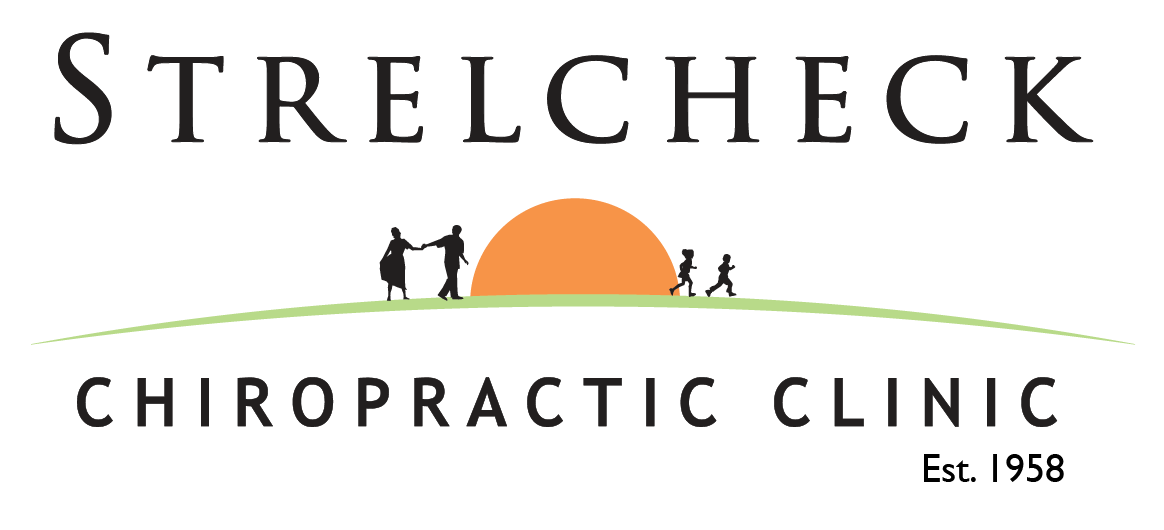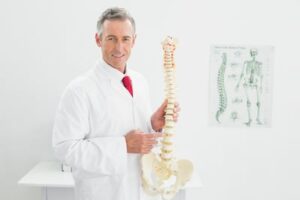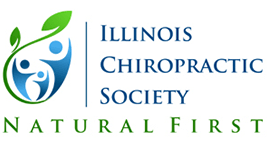Knead to Know Facts- Can Massage Ease Migraine Pain?
If you suffer from migraines, you know all too well the time lost to pain, nausea, photosensitivity, and a general unwell feeling. Many people today choose to pursue alternative medicine to help alleviate and prevent migraines. Massage has proven itself a powerful alternative to traditional medications in the field of migraine prevention. There are several different techniques of massage that have been shown to help migraine sufferers combat their illness. Different styles work- or don’t work- for different people however, combining massage therapy with chiropractic may get you the best results. Depending on the type and frequency of your migraines, one or more of the following massage techniques could proved helpful to you. Deep-tissue massage, perhaps the most well-known technique, relaxes the muscles in the body through pressure and stretching. A massage therapist focuses on areas of the body that carry tension and feel tight or uncomfortable, and uses deepening pressure to release the tension and give an overall feeling of relaxation and loosening of stiff muscles. Neuromuscular massage is a close cousin of deep-tissue massage. In this technique, the therapist applies moderate to deep pressure to the body’s “trigger points”- specific areas within a muscle that often feel painful to the touch when pressed. The idea behind trigger-point therapy is that it will release nerve compression (compressed nerves being the reason that the trigger points ache when touched), and that the relaxed nerves in turn will help the body to release tension. The next technique to consider is craniosacral therapy, wherein the pressure applied by the therapist if focused on the skull and scalp. By soothing the nerve endings through massage, the therapist encourages them to relax and to stop sending such powerful waves of pain. If craniosacral massage does not help your migraines, you might try moving downwards to the feet for reflexology. Reflexology concentrates on pressure points on the soles of the foot. According to the practice, the foot is divided into points that relate to different areas of the body; by stimulating those points on the feet, the therapist aims to relax muscles that carry a lot of stress or tension. If you do choose to pursue a form of massage to seek relief from migraines, you should check with your doctor to ensure the safety of your choice. Always find licensed therapists for any technique that allows someone else to manipulate your body in any way. Your insurance may cover massage, so check with your insurance carrier and check with your chiropractor for an exam to see if you qualify. Read more about Migraines here.






